Internet of Things (IoT) Technology in Intelligent Construction
The Internet of Things (IoT) plays a significant role in enabling intelligent construction by connecting various devices, equipment, and sensors to the internet, allowing them to collect and exchange data. IoT technologies enhance construction processes, improve safety, reduce costs, and increase efficiency.

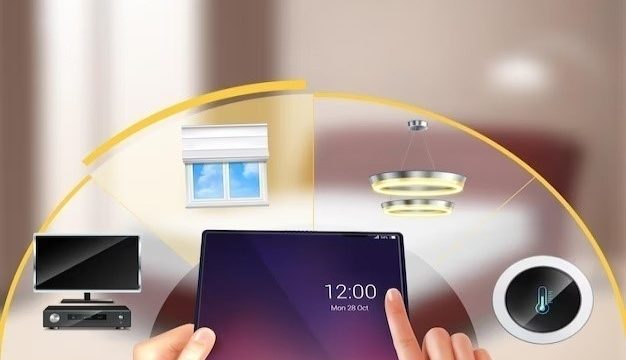
Here’s how IoT is used in Intelligent Construction:
- Equipment Monitoring:
- Condition Monitoring: IoT sensors attached to construction equipment, such as excavators and cranes, track their health and performance in real-time. This data helps in predictive maintenance, reducing downtime.
- Fuel Efficiency: IoT can monitor fuel consumption and provide insights into optimizing equipment usage, reducing operational costs.
- Site Safety:
- Wearable Devices: Workers wear IntellConstruct’s IoT-enabled wearable like smart helmets and vests that monitor vital signs and detect potential safety hazards. In case of an emergency, these devices can send alerts to supervisors and first responders.
- Environmental Sensors: IoT sensors can monitor air quality, temperature, humidity, and other environmental factors on the construction site, helping ensure worker safety.
- Asset and Tool Tracking:
- IoT sensors can track the location and status of construction materials, tools, and equipment. This reduces theft, loss, and the need for manual inventory checks.
- Site Security:
- IoT-connected cameras and motion detectors enhance site security by providing real-time surveillance and alerts. These systems can also be integrated with access control and identity management.
Types of IoT Products used in Intelligent Construction:
- Smoke and Fire Sensors: Detect smoke and fire, providing early warnings for fire safety in construction sites and buildings.
- Humidity Sensors: Measure humidity levels in the environment, which is important for concrete curing and indoor air quality monitoring.
- Pressure Sensors: Monitor air pressure and water pressure in hydraulic systems, pneumatic equipment, and building systems.
- Smart Helmets: Equipped with sensors, cameras, and communication capabilities for tasks like video streaming, augmented reality (AR) overlay, and head impact detection.
- Wearable Exoskeletons: Assist workers in lifting heavy objects, reducing the risk of musculoskeletal injuries.
- IoT-Enabled Gloves: Include sensors for monitoring hand movements and vibration levels, helping to reduce the risk of hand-arm vibration syndrome.
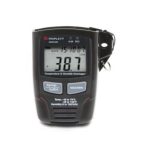
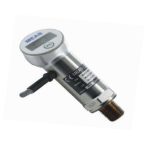
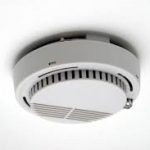


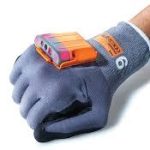
Key Features and Benefits of IoT in Intelligent Construction:
- Real-time Data Monitoring: IoT sensors and devices continuously collect data from construction sites and equipment.
- Connectivity: IoT devices are connected to the internet, enabling remote monitoring and control.
- Data Integration: IoT data can be integrated with other construction technologies like BIM and project management software.
- Real-time Safety Monitoring: IoT sensors and wearable monitor worker conditions and send alerts in case of emergencies.
- Safety Insights: Data collected from IoT devices can be used to identify and address safety hazards.
- Equipment Management: IoT sensors track equipment performance and enable predictive maintenance, reducing downtime.
Applications of IoT in Intelligent Construction:
- Real-time Data Collection: IoT sensors placed on equipment, materials, and the site itself collect data on temperature, humidity, noise levels, and more.
- Safety Monitoring: Wearable IoT devices, such as smart helmets and vests, monitor worker conditions, detect falls, and send alerts in case of emergencies.
- Predictive Maintenance: IoT sensors on construction equipment track their health and performance, enabling predictive maintenance to reduce downtime.
- Asset Tracking: RFID tags and GPS-enabled IoT devices track the location and status of equipment and materials, reducing theft and loss.
- Smart Energy Usage: IoT sensors control and optimize energy usage within construction trailers, offices, and temporary facilities, reducing energy costs.
IoT Products for Intelligent Construction:
- Construction Site Sensors: Various sensors can be deployed across construction sites to monitor conditions and equipment:
- Environmental Sensors: Measure temperature, humidity, air quality, and noise levels.
- Vibration Sensors: Detect ground vibrations during construction activities to ensure safety and monitor potential damage to nearby structures.
- GPS and RFID Tags: Track the location and movement of construction equipment, materials, and workers.
- Smart Cameras: Enable remote monitoring of construction progress and security.
- Telematics Systems: Telematics devices are installed on construction vehicles and equipment to collect and transmit data, including:
- Equipment Usage: Monitor equipment operation, fuel consumption, and maintenance needs.
- Location Tracking: Track the real-time location of vehicles and machinery.
- Health and Diagnostics: Gather data on the health and performance of machinery to enable predictive maintenance.
- Wearable Technology: Wearables equipped with sensors enhance worker safety and productivity:
- Smart Helmets: Monitor workers’ vital signs, detect fatigue, and provide safety alerts.
- Smart Vests: Track worker movements, location, and safety in hazardous areas.
- Augmented Reality (AR) Glasses: Provide on-site instructions, blueprints, and real-time data overlays for workers.
Case Studies of IoT (Internet of Things) in Intelligent Construction:
- Problem: Construction Equipment Theft
- Solution: IoT-based GPS tracking and anti-theft devices installed on construction equipment to monitor their location in real-time. In case of theft, authorities can quickly locate and recover the stolen equipment.
- Problem: Poor Equipment Maintenance
- Solution: IoT sensors installed on construction machinery to monitor equipment health. Predictive maintenance algorithms analyze sensor data to identify maintenance needs, reducing downtime and repair costs.
- Problem: Worker Safety
- Solution: Wearable IoT devices, such as smart helmets and vests, equipped with sensors that monitor worker vital signs and environmental conditions. Alerts are sent in real-time in case of accidents or unsafe conditions.